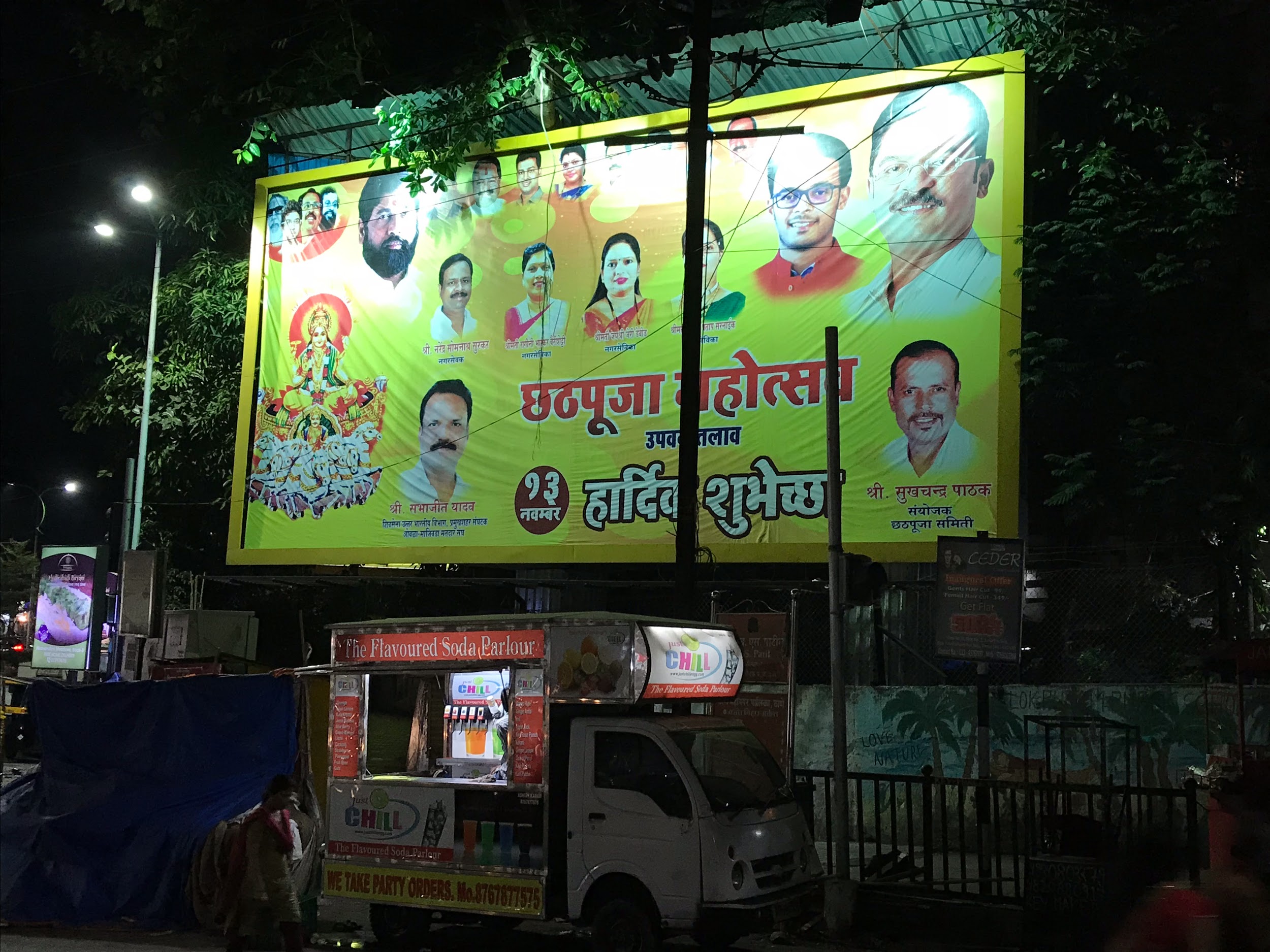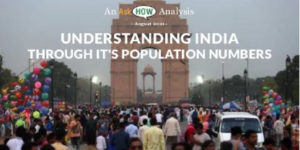Chhath – The new national festival.featured
This post is the third in a series on population in India, In the first part of this series, we looked at the growth since independece, the sex ratio and the fertility rate. In the second part we explained why even though the fertility rate is near replacement rate, the population is set to increase for decades. In this post, we will look at the variation in fertility rates across the country and the implications of that.
Last year, I saw this hoarding in Thane, which wished the people celebrating Chhath. Chhath is a festival associated with North Indians and as late as 2010, the Shiv Sena and its leaders had criticised its growing celebration in Mumbai and Thane. The poster I saw was put up by the same Shiv Sena! Presumably, the high number of immigrant voters had persuaded the Sena to think differently. In a democracy, demography is the king and we may see similar posters all across India in the coming decades.

The Sample Registration Survey 2017, tells us that the fertility rate in the 22 largest states in the country (which account for more than 98% of the population) ranges from 1.6 to 3.2! The states with the fertility rates greater than the national average of 2.2 are
| State | Total Fertility Rate |
| Bihar | 3.2 |
| Uttar Pradesh | 3.0 |
| Madhya Pradesh | 2.7 |
| Rajasthan | 2.6 |
| Jharkhand | 2.5 |
| Chattisgarh | 2.4 |
| Assam | 2.3 |
A glance at the above table will tell us that these states account for a very large proportion of total population – Uttar Pradesh and Bihar have nearly as many people as Brazil and Japan. These are also the poorer states.
The Economic Survey 2019 carried population projections. According to these, Uttar Pradesh, Rajasthan, Madhya Pradesh, Bihar, Chattisgarh and Jharkhand are expected to contribute to two thirds of the increase in population in the period 2021-41. This is even as the survey expects the Total Fertility Rates to fall below replacement rate of 2.1 in all states in India by 2031!
On the other end of the spectrum, states which are relatively mature in their demographic transition have already seen a peak in their younger population. The survey projects the growth rate to be close to zero in Andhra Pradesh. The growth is expected to be 0.1-0.2% in the states of Karnataka, Kerala, Telangana, Himachal Pradesh, West bengal, Punjab and Maharashtra. The furthest in this transition though is Tamil Nadu. The population of the state is expected to peak in 2031 and start declining subsequently.
The low growth rates in the states would mean a faster aging of the population. We will have a higher growth in poorer state and a very low growth in the richer states. The result? Migration will intensify! Bengaluru, Chennai, Hyderabad have already seen an influx of people from North in the last decade and it is not stopping any time soon. Sooner or later it will have political consequences. Like in Mumbai, we can expect the three stages of resentment, opposition and acceptance . Chhath nal Vazhthukal anyone?
This is the third in a series on population. The first two articles can be found here
- Everything you wanted to know about population (but were too lazy to Google).
- Are the Acche Din of population growth already here?
Author –
Yogesh Upadhyaya
(Yogesh Upadhyaya is one of the founders of AskHow India. Blogs are personal views.)
You can follow AskHow India (@AskHowIndia) or me (@Uppi89) on twitter or me on LinkedIn



